Space Division
In 1952 M.C. Escher completed "Cubic Space Division" where the tree-dimensional (3D) space is divided by a cubic lattice. Small cubes connected by rectangular bars are repeated endlessly forming a lattice filling the whole space. This work inspired several artists that produced dynamic and fluid version of the space division proposed by Escher. All those pieces of work are based on the fact that the 3D space can be divided by cubes in a regular way.Although the cube is the only regular solid that allow the regular division of the 3D space, it is possible to build regular lattices using combinations of solids. An example is the use of tetrahedra and octahedra. In the following pictures, the 3D space is filled using a tetra-octahedral lattice.
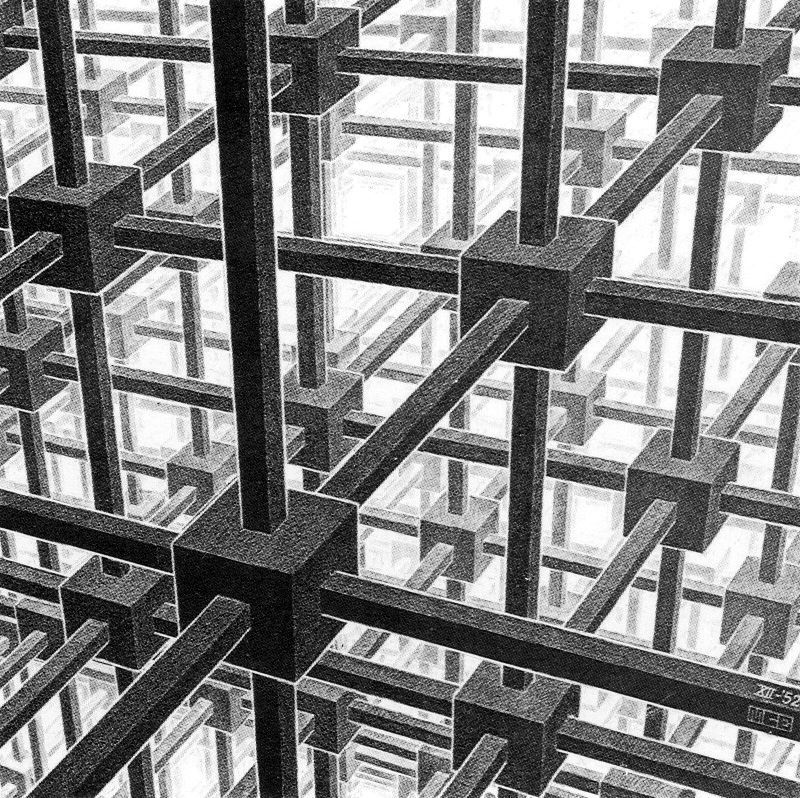 |
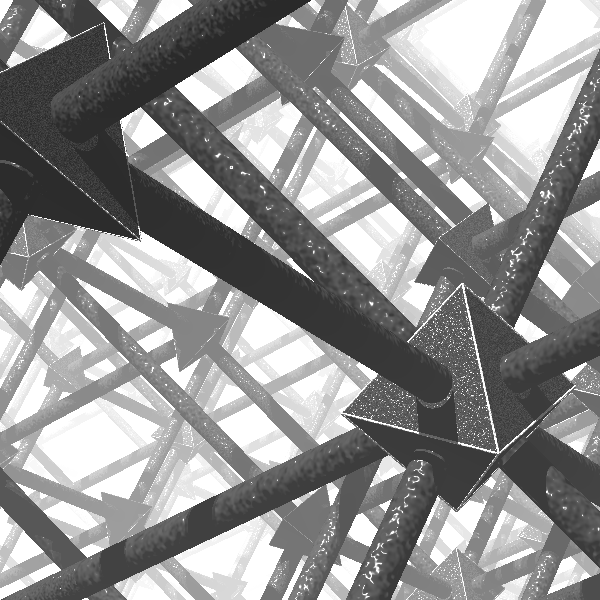 |
Cubic Space Division by M. C. Escher, 1952. | Tetra-octahedral division of space. The space is filled by tetrahedra and octahedra connected by circular bars. |
In order to obtain the cubic space division, it is possible to start from a single cube that is progressively divided in smaller cubes. For example, the cube can be divided recursively where at each iteration each cube is divided in eight smaller cubes (see the following figure).
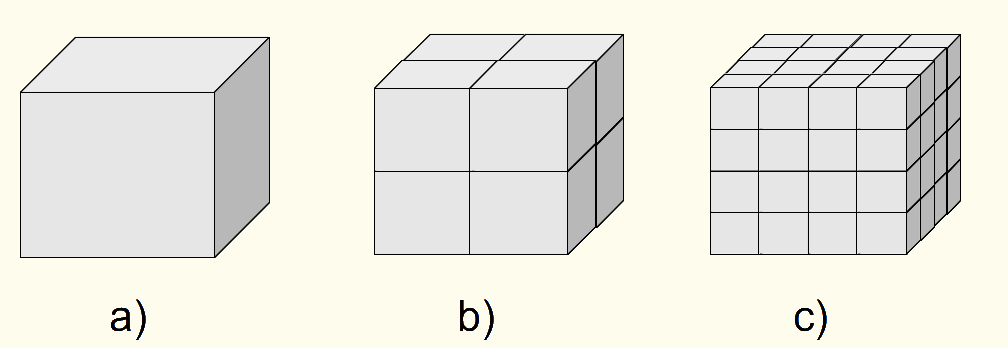 |
| Progressive cube division leading to the lattice of Escher. |
If the original cube is big enough to fill the field of vision that you will have the impression that the whole space is filled by the cube. The lattice designed by Escher is obtained by replacing the small cubes by cubic knots with six arms.
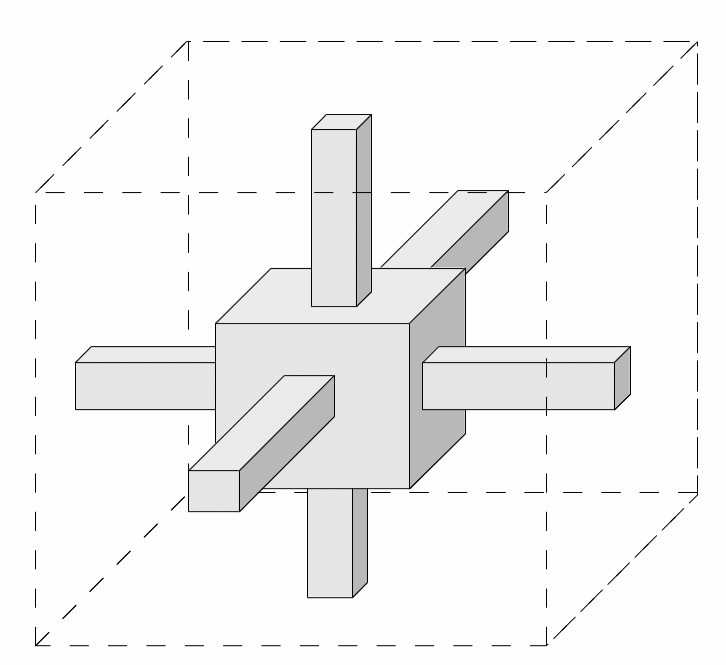 |
| Cubic knot used for making the lattice of Escher. |
A tetra-octahedral lattice can be obtained by proceeding in the same way, for example by starting from a single tetrahedron. At each iteration, the tetrahedron is divided in four smaller tetrahedra and one octahedron. The octahedra generated in this way are divided as well in smaller octahedra and tetrahedra.
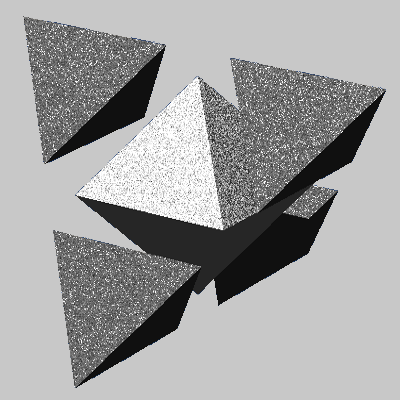 |
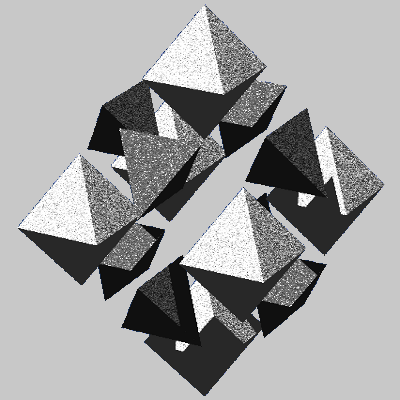 |
Division of the tetrahedron. | Division of the octahedron. |

